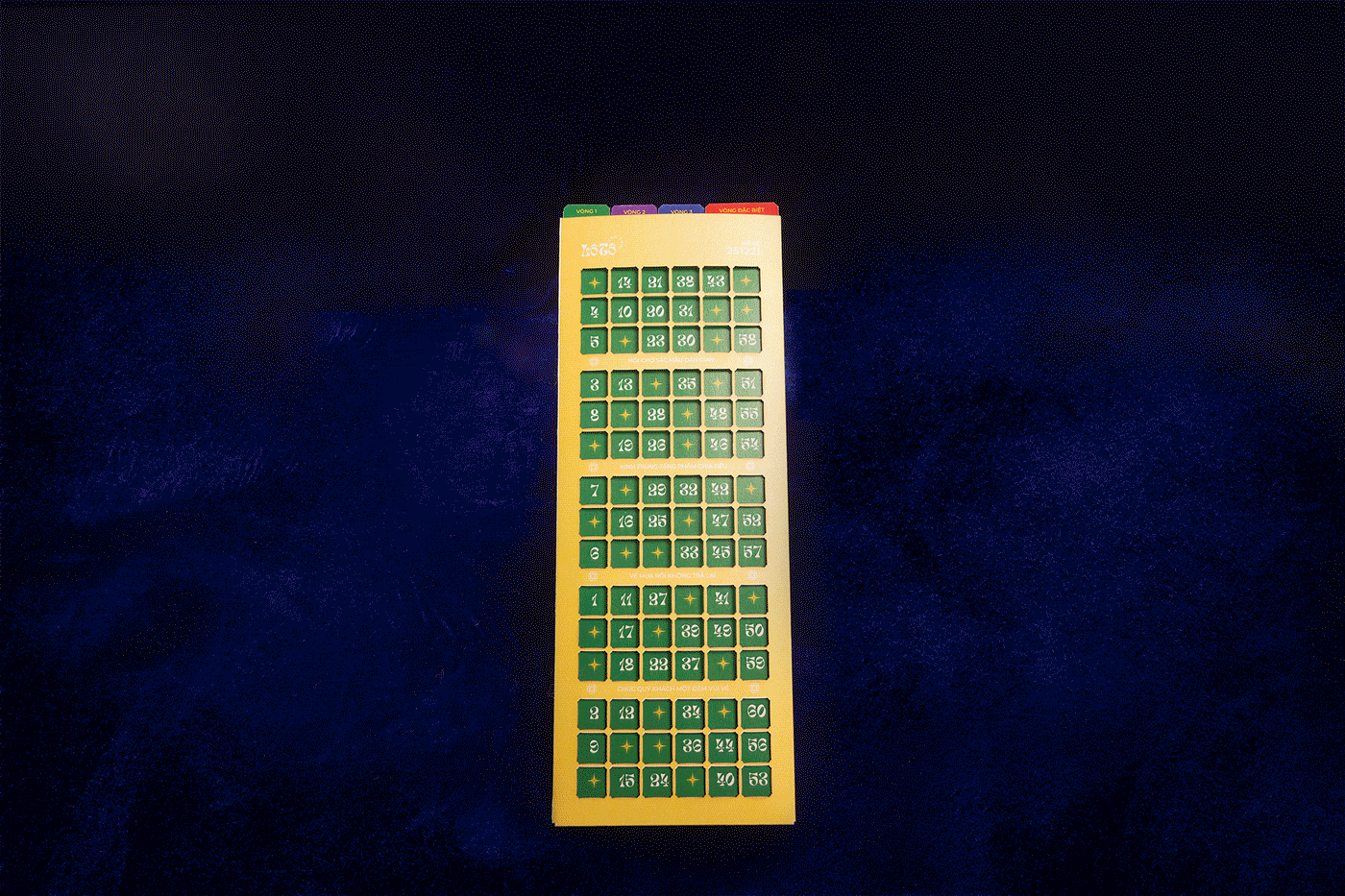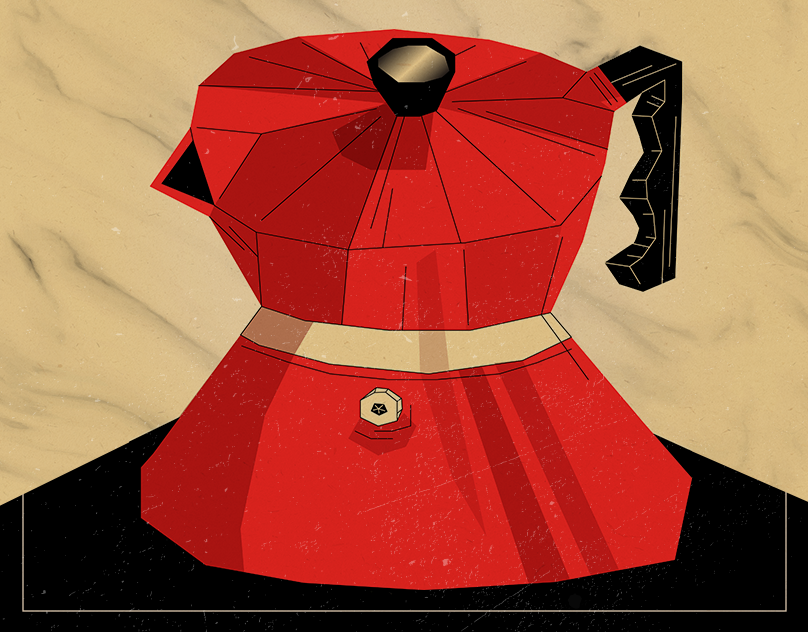
Lo To is a traditional game that is played mostly by people from the South of Viet Nam, but it has become outdated since it cannot keep pace with the flow of modern life. The “Lo To Innovation Project” aims to renovate the old version of Lo To as well as to make Lo To become more approachable in community.
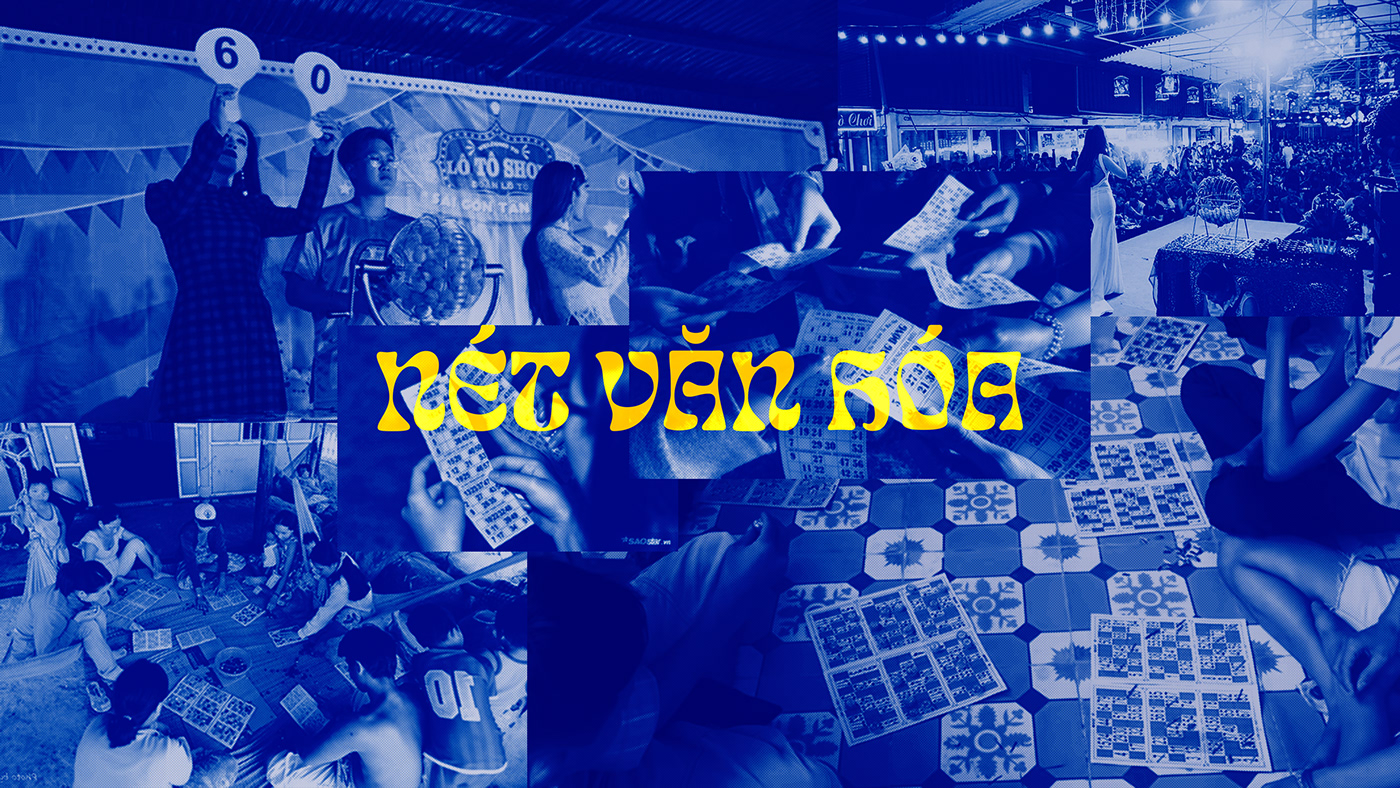
Lo To – a game that becomes a cultural trait
Lo To is supposed to have originated from Bingo which is an Italian game that appeared in the XV century. The 1980's were the golden time of Lo To troupes going on tours and holding fairs to provinces. Especially in such events like Lunar New Year, Lo To troupes became more and more dynamic in rural areas.
At showtime, the artist turns the play cage and then takes a random number from 1-60. While drawing the lottery, the artist was announcing the lucky number by singing the song that had appropriate rhyme sake to express the number.
After buying a Lo To paper, the players will listen carefully to the hosts performing on the stage. Then, the player who have 4 lucky numbers in a row will speak out the word "kinh", which means they are indicated as winning the game. Participants in those fairs can not only enjoy Vietnamese culture through those songs but also receive gifts such as stuffed animals, shampoos, soaps, etc . Even though those additional gifts are always simple and modest, they can bring such joyful feelings to the participants.
However, Lo To troupes cannot visit the countryside in every Tet holiday. Meanwhile, families buy themselves a Lo To playing kit to play the at-home version for entertaining during Tet holidays. There are few differences between playing Lo To at home and joining in the fairs but the value of the game still remains the same. The at-home version of Lo To playing kit consists of 90 numbers made of wood, plastic,… in a cloth bag with 16 Lo To papers.
When family members gather, everyone chooses 1 person to become the host who draws the lottery for other members to follow. People can play, gossip and enjoy sweetened candied fruit at the same time, they also expect to have all 5 lucky numbers as then they can become the winner. The prize can be sweets or a small change donated by the losers depending on the players’ compromise. Although the prizes are not much, it is a big encouragement for the luckiest ones.
Continually, regardless of occuring in the bustling fairs or at home, Lo To has gently become a beautiful value absorbing with the memories of many generations.
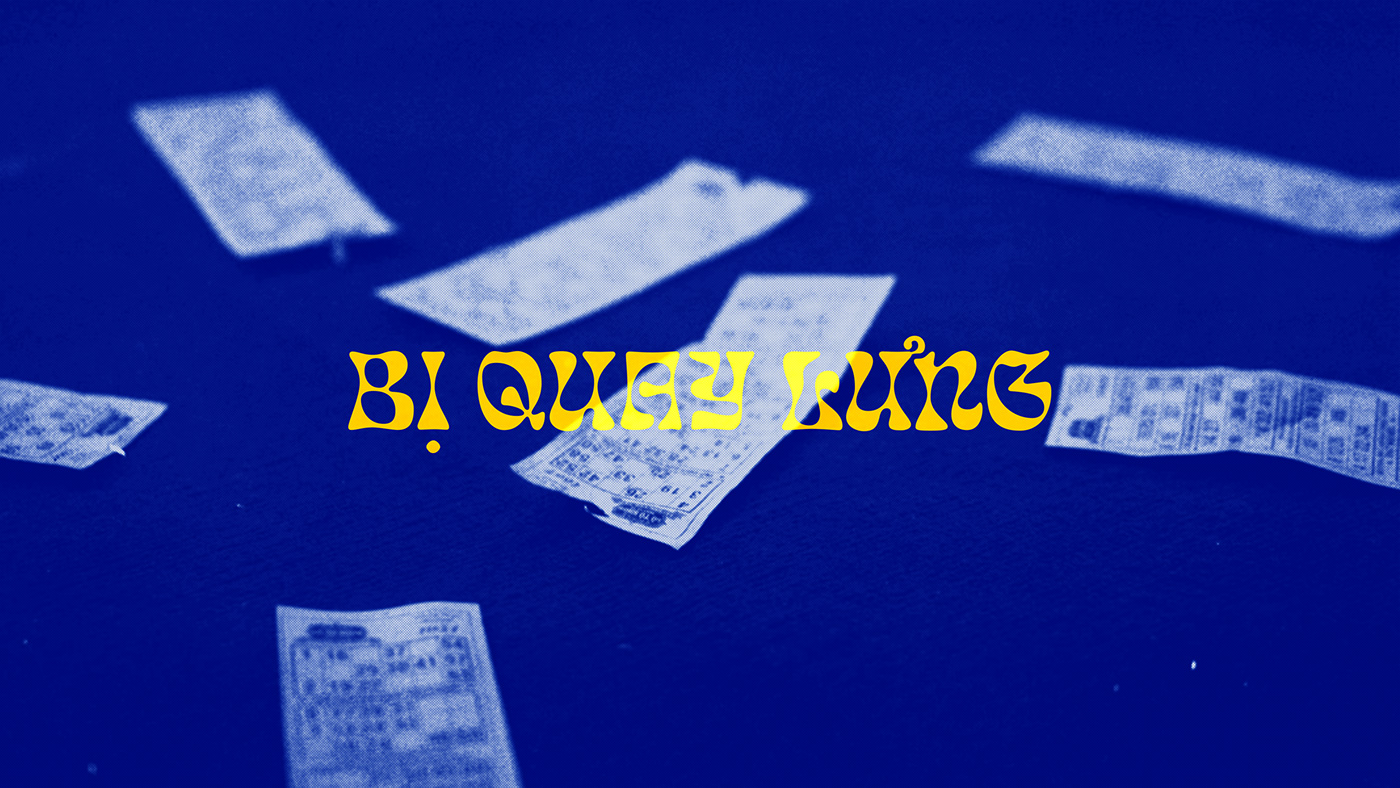
But it was left behind by its participants
In the early years of the 20th century, in the context of modernization, many means of fascinating entertainment appeared. The bustling Lo To troupes became outdated. Being not able to adapt to get on well with the change in life pace, Lo To fair which used to be a bustling, joyful occasion became “an old – fashioned, foggy” activity. Every feature of Lo To, such as colorful outfits of the singers, outdated designs... was against the development of the contemporary entertainment industry ,that is why people turned their back to Lo To. The fairs, from that point, became gloomy, singers also changed their career, they didn’t stay with the fairs anymore. It seemed like, Lo To fairs gradually became an old memory…

The return of a culture signature supposed to have disappear
Lo To is known as an illegitimate child of orthodox theater and folk art. Talking about Lo To, late professor Tran Van Khe once said: “Lo To is not just a simple type of entertainment but it also meets the needs of enjoying Vietnamese culture, thereby contributing to the transmission and preservation of proverbs, folk songs, poems - considered to be the folklore legacies of the nation - from being eroded."
Saigon has witnessed many unexpected revivals. In recent years, Lo To has returned to the same flow with the minds of young people and is dressed in a new appearance. If Lo To was used to be judged as gaudy, flashy, then now, those sleazy images have been already eliminated. First to mention, the appearance of the performers is now more well prepare, “ao dai” or theme based. Lots of Lo To troupes now invest spend a large budget on the costumes as well as the content of each show.
However, those changes are not the only thing that helps Lo To to return. It also refers to the soul of Lo To, and Lo To’s paper sheets are the most outstanding feature of that. The old – fashioned look of Lo To doesn’t go along with the appearance of the singers on stage, making the overall look for Lo To becomes disproportionate. That's why the new version of Lo To was created so as to help participants to have a better experience in Lo To fairs or at home entertainment. Let Lo To reaffirm its value - the true traditional and cultural signature.

Concept of the at-home version for Lo To
Lo To was often played during in the Lunar New Year, when the whole family sit on the floor with flowered brick background associated with the childhood of many generations of Vietnamese people. In order to recall the happy memories in the old house, the at-home version for Lo To took inspiration from the flowered brick pattern to help people have a new look on this folk game.
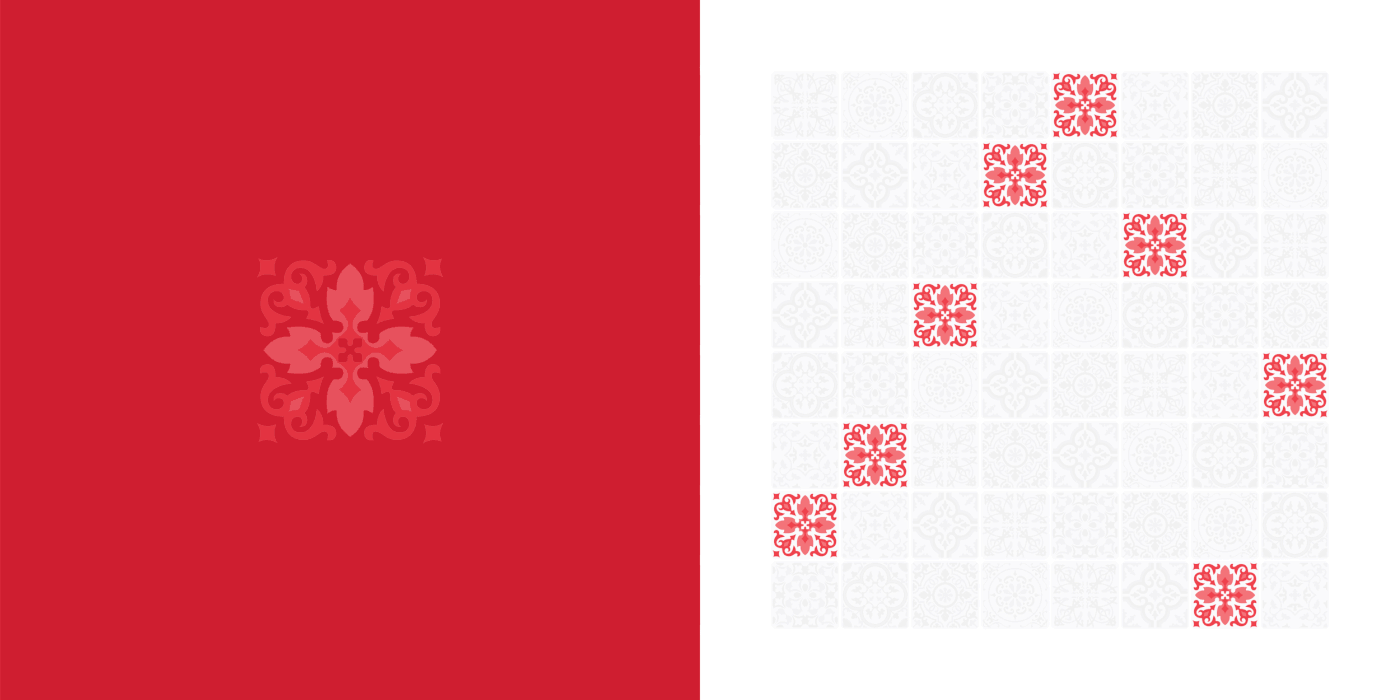

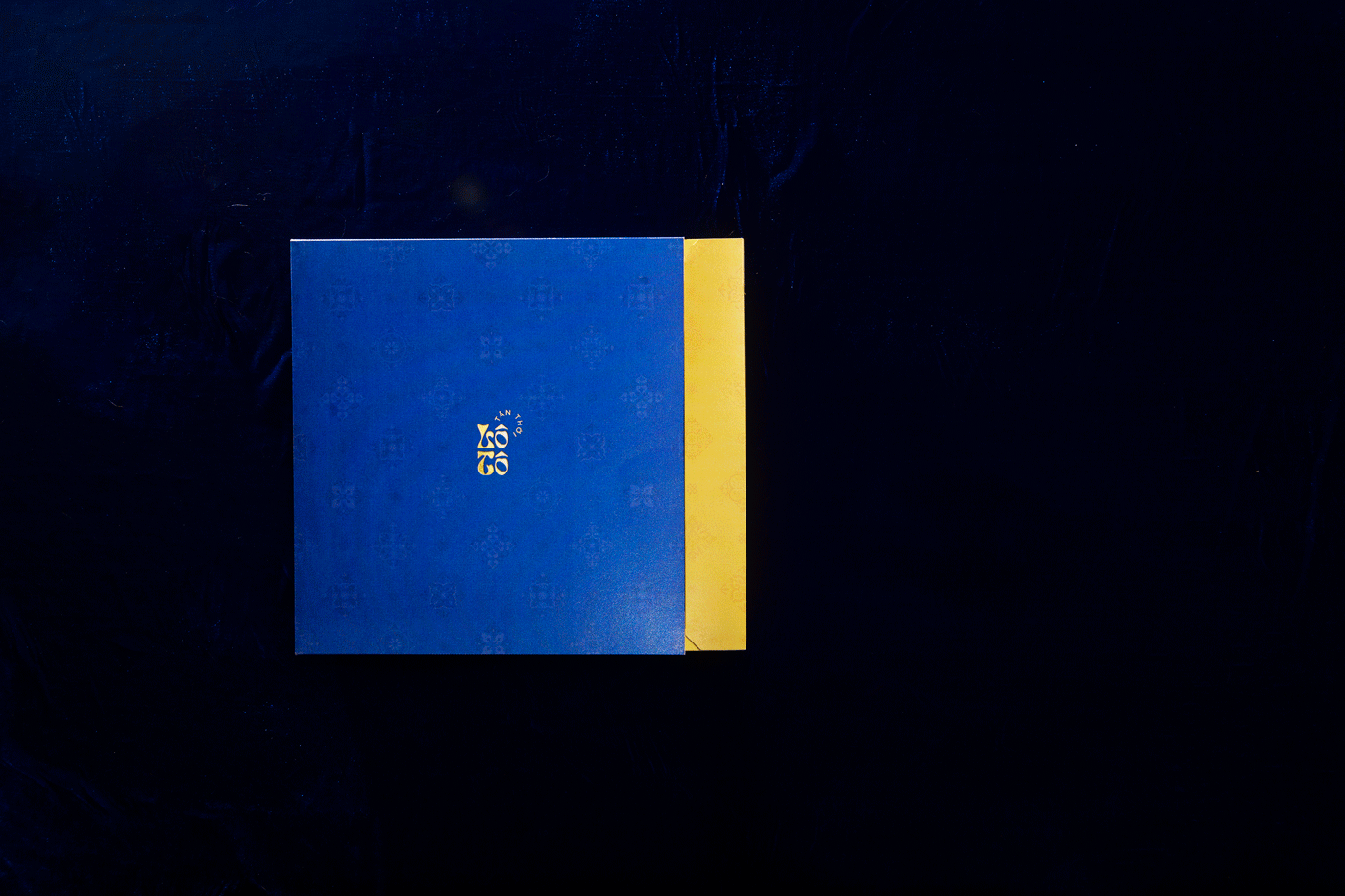








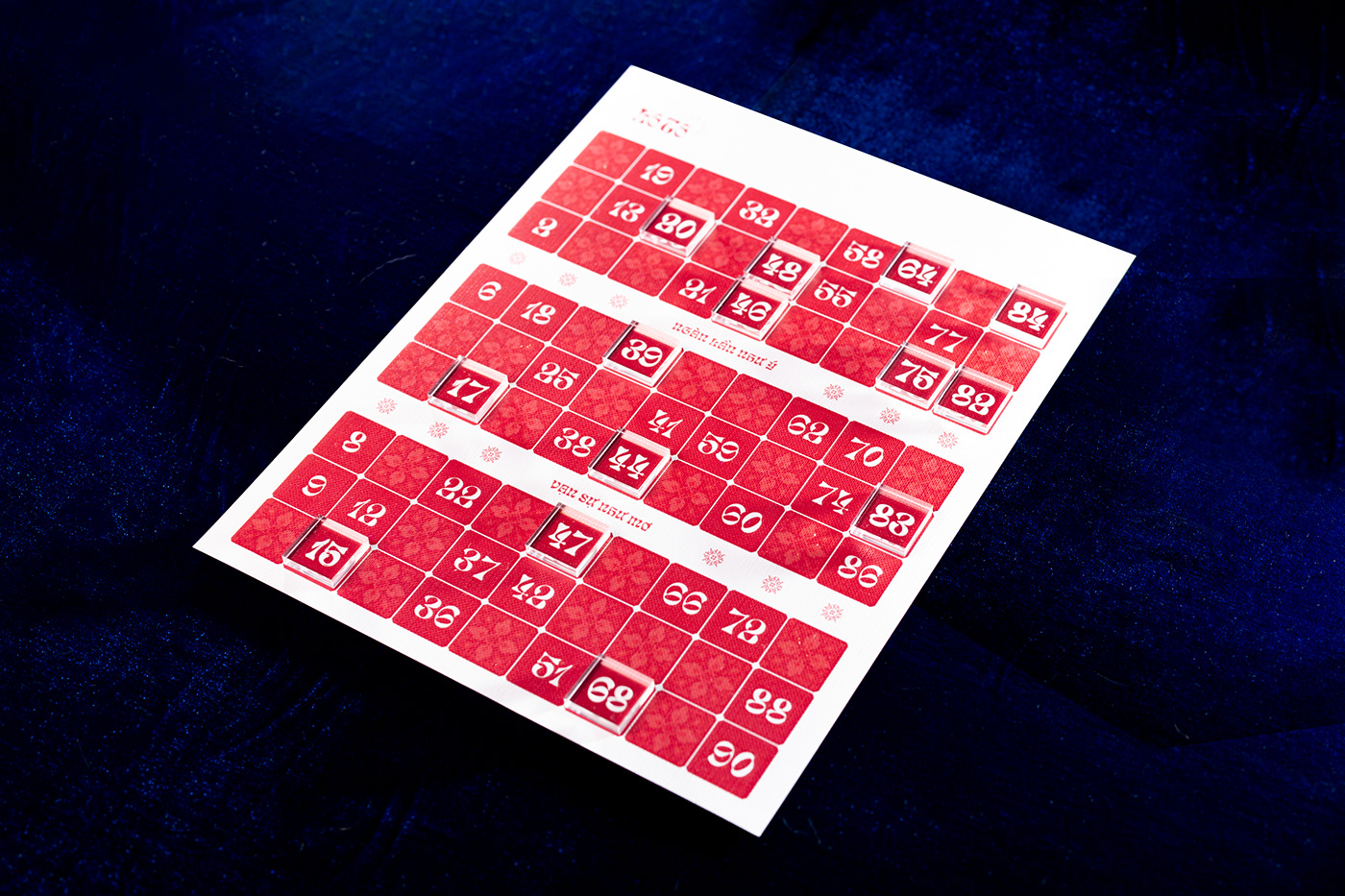
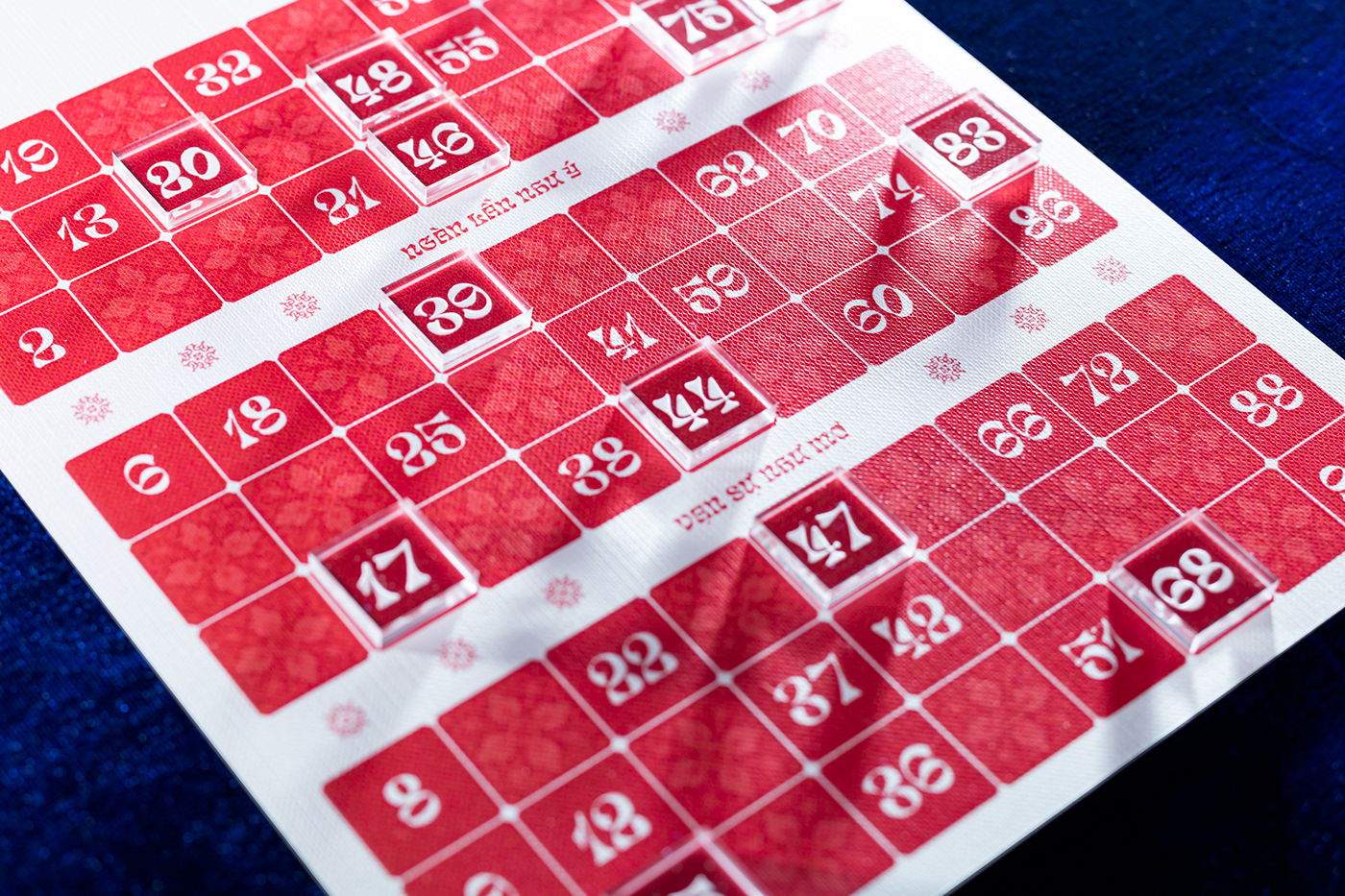
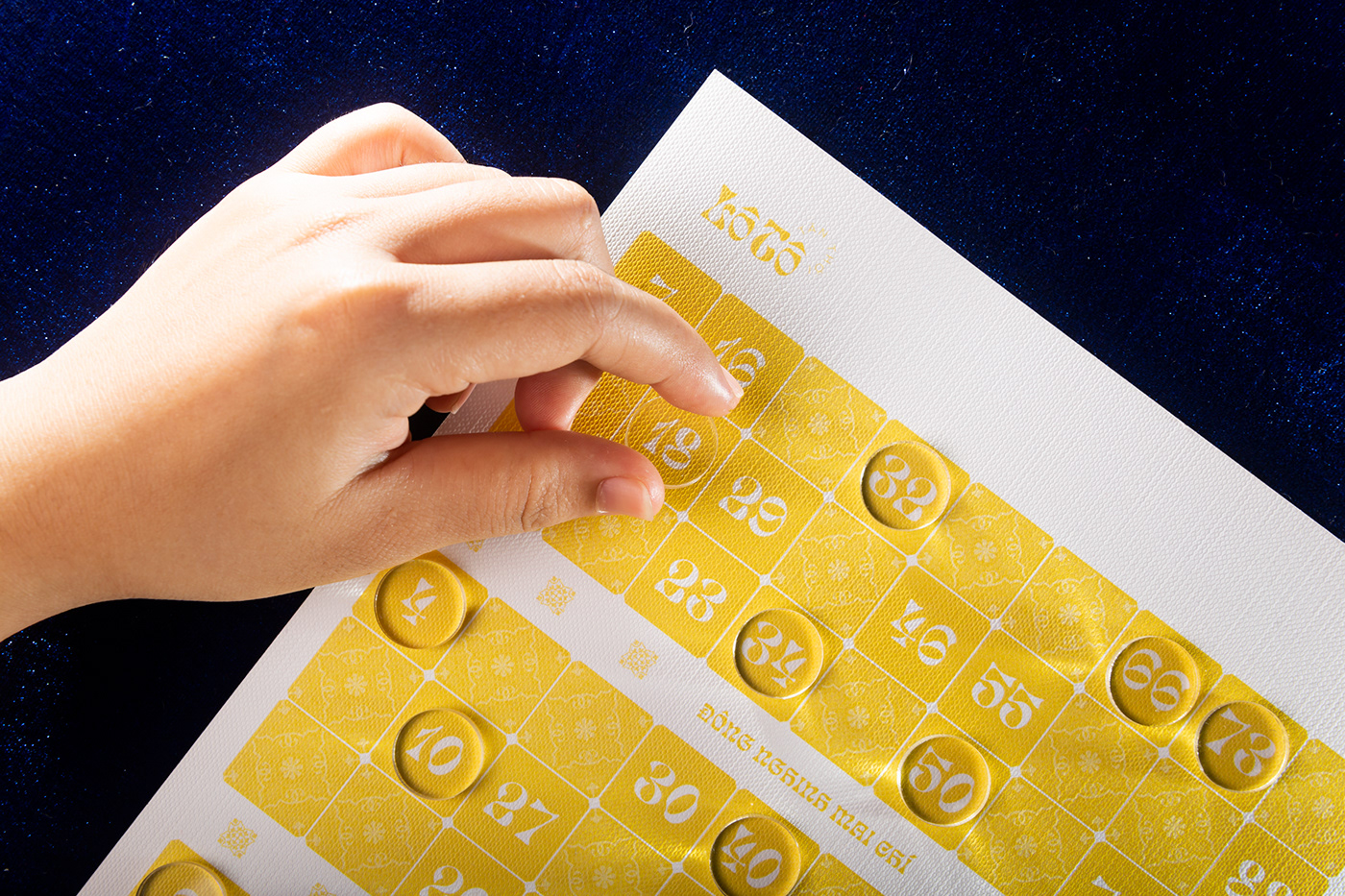


The "Color of Folk", a Traditional Fair was organized by Sai Gon Tan Thoi troupe. It will be held on the occasion of Lunar New Year 2021. The shows with different themes with the new look of Lo To will bring overwhelmed by joy to the audience after a year of hard working and studying.

